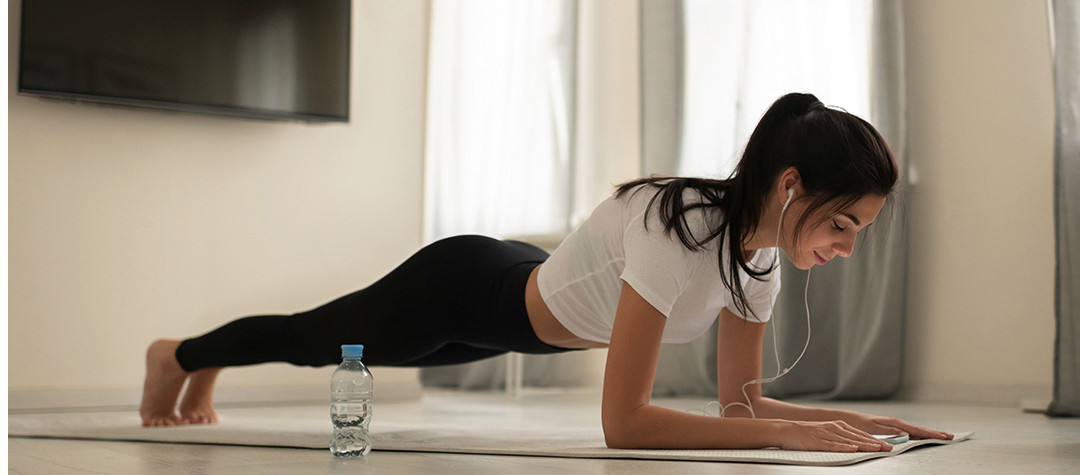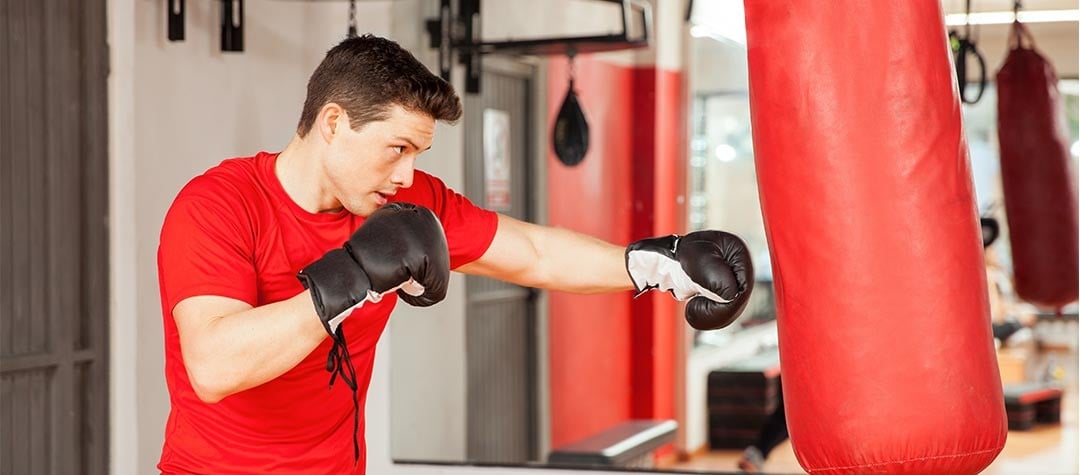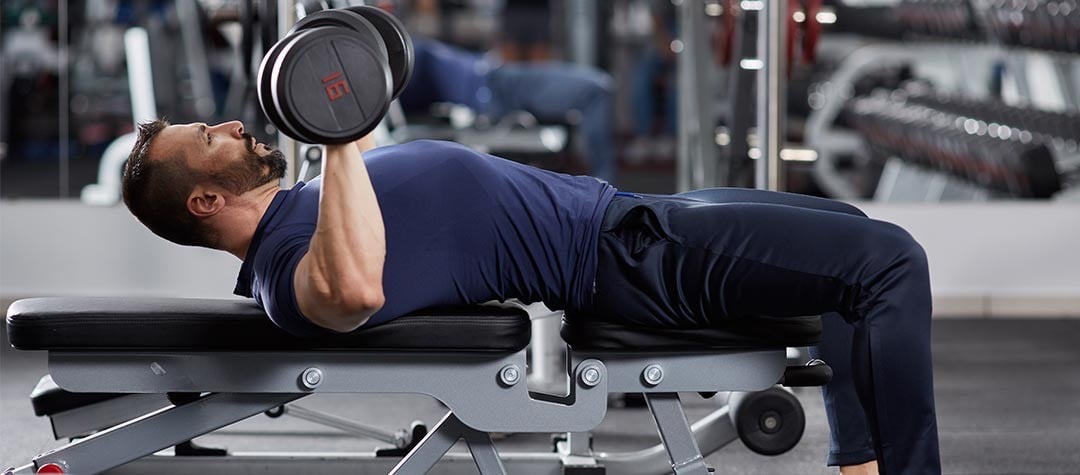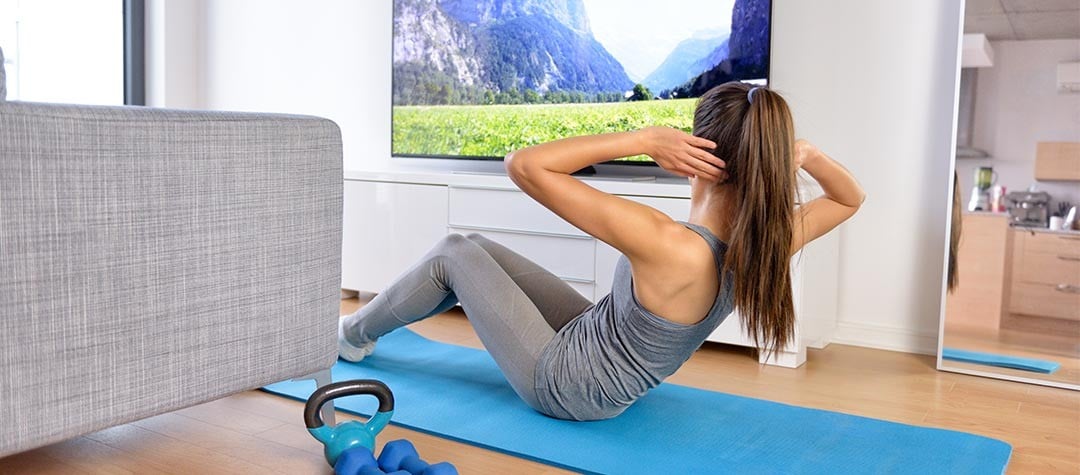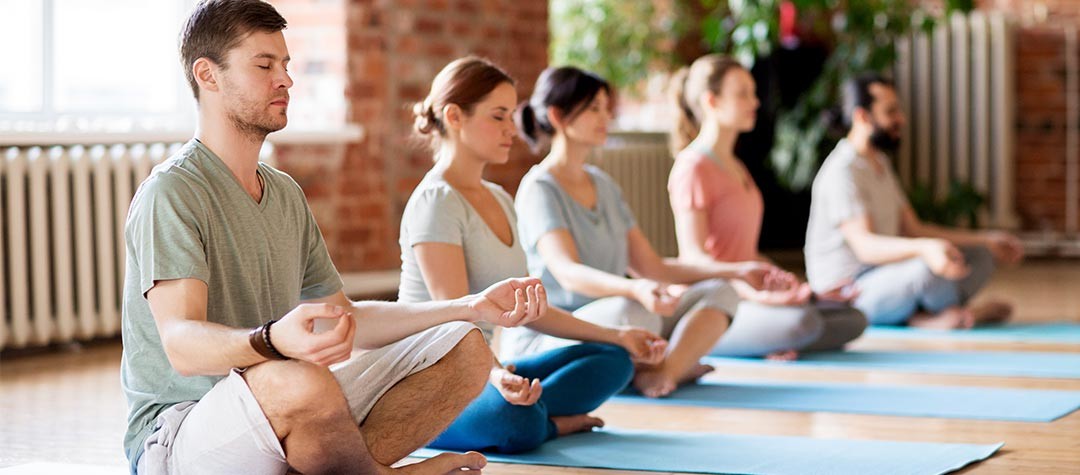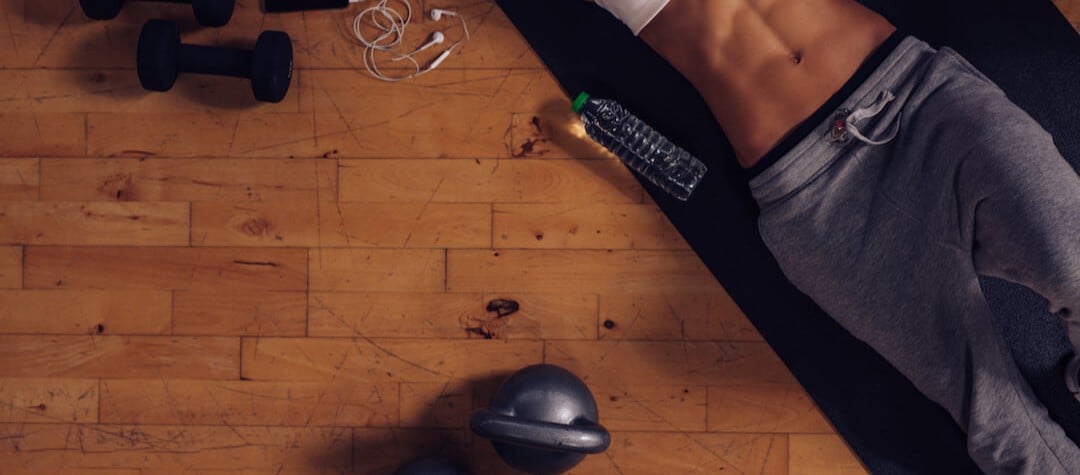Looking to workout your whole body at home? Our Virtual Fitness Challenges are a great place to start, but if you want to take it a step further this total body workout lists exercises aimed to work all the major muscle groups.
A total body workout is a great way to ensure the exercises you complete are working all of your major muscles in one session. This is particularly helpful if you're taking on our Virtual Fitness Challenges , as they cover a wide range of muscle groups, including your arms, legs and core. This example of a circuit training routine is perfect for doing at home and can be adapted to challenge you further as you progress with your fitness. There are many benefits of incorporating circuit training into your exercise routine. Circuits can help you: burn fat, tone muscle, increase cardiovascular endurance and can also bring variety to your workouts.
Here is an example of a circuit training routine, which can be adapted to increase in difficulty as you advance in your training.
1. Warm up
Begin your circuit training by doing light cardio for 5-10 minutes to warm up ; this will prepare your muscles for the main exercises.
2. Resistance Training
You should begin the main area of your workout with a resistance training circuit, allowing you to use your full muscle capaity and build strength. Below is a list of the major muscle groups you should be focusing on in a total body workout. Chose one of the exercises listed below for each muscle to make up your workout. Although some of the exercises cannot be confined to working only one muscle, the list below is a rough guide to show which exercises work which muscles.
- Biceps - Bicep curls, Pull-ups.
- Triceps - Triceps dips, Shoulder taps.
- Chest - Press ups, Dumbbell flies.
- Abdominals - Planks, Bicycle crunches.
- Hamstrings - Bridges, Squat jumps.
- Quadriceps - Squats, Lunges.
- Calves - Double- leg calf raise, Box jumps.
- Back - Deadlifts, Side planks.
- Shoulders - Alternating dumbbell press, Lateral raises with stationary lunges.
Try and aim to complete between 10 and 20 reps for each exercise, depending on your fitness level.
3. Cardiovascular
Following your circuit training it is ideal to include some cardio workouts , to imporve fitness and stamina, even help you lose weight. Anything from running, cycling, elliptical training or rowning will generally engage most of the body and the entire cardiovascular system.
4. Cool Down
Spend at least 10-15 minutes colling yourself down, preferably through low intensity cardio. This should then be followed with some breathing exercises and a multitude of stretches to target each body part, helping you avoid any strains, soreness, injuries and promote recovery.
Beginners should focus on completing one circuit and then increasing this number as they progress. Aim to complete three circuits in one session to get the most from the workout. Ideally, you should be aiming to complete the whole circuit without any recovery breaks, however as a beginner you may need to add in a 30 second rest between some of the exercises to start with. You will also need to factor in the time it takes to move from one exercise to another, although this should be done quickly to maintain the intensity of the circuit training. The higher the intensity you complete the circuit at, the more effective the workout will be.
Once you can complete three circuits confidently, then you could try adding in weights to the exercises to progress further. Introduce weights which are appropriate to you, ensuring the load is not too heavy but also not light enough so that you don’t notice its there. Completing this circuit training every two to three days (with rest days in between) will provide you with a good total body workout.

